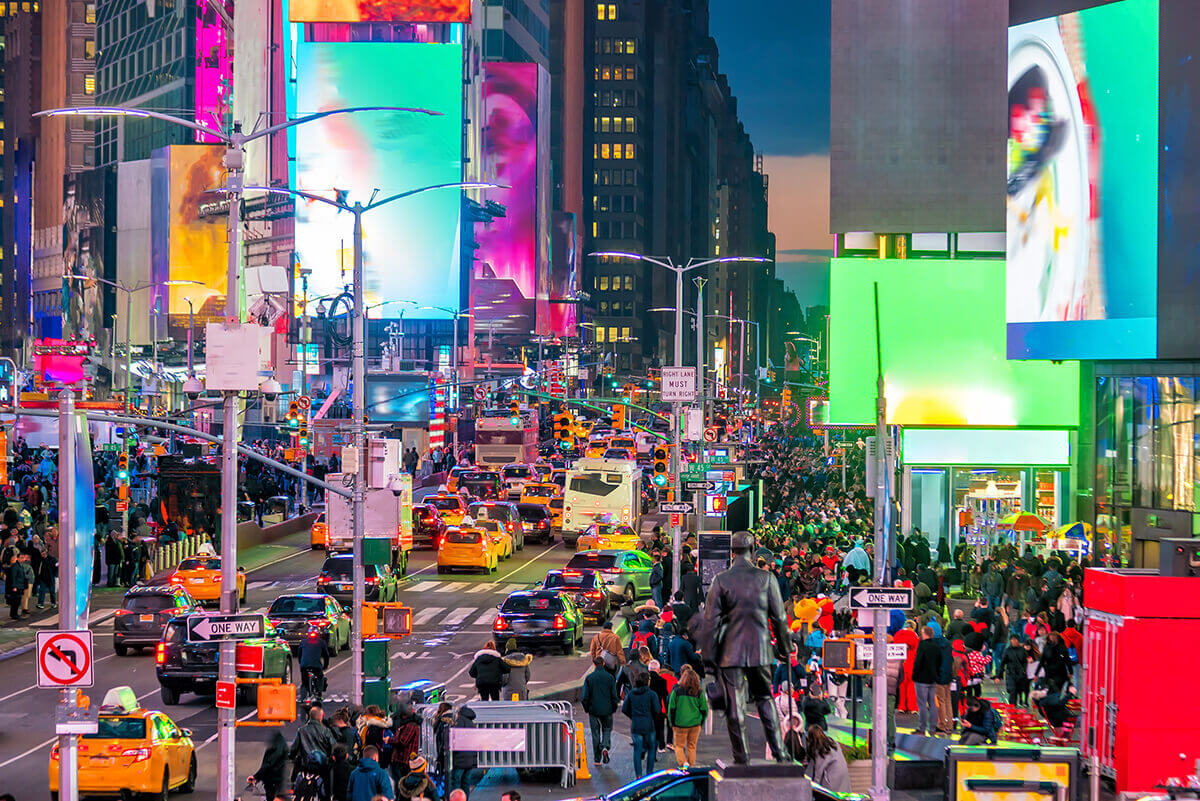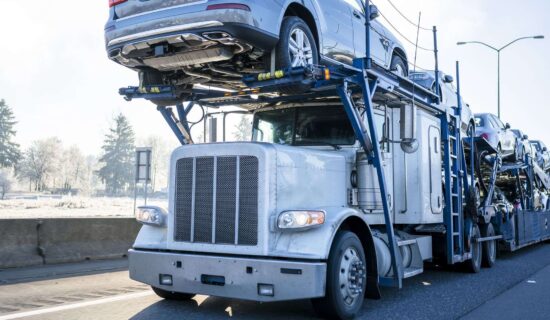Is It Difficult to Drive in Chicago?
In case you chose to avoid public transportation, cycling, and walking, and you want to know how is driving in Chicago, we have the answer. Chicago driving is not complicated at all – it’s pretty straightforward, there’s a grid pattern, and the chances of getting lost are close to none. Google maps are very reliable here, so whatever street you’re headed to, you’ll find it easily.
However, if you ask someone how to drive in Chicago, you might hear that you have to prepare for a lot of difficulties. There are many jaywalkers, cyclists, drivers who aren’t following the rules, and of course, the rush hours. These factors can cause a lot of driving stress and even road rage.










